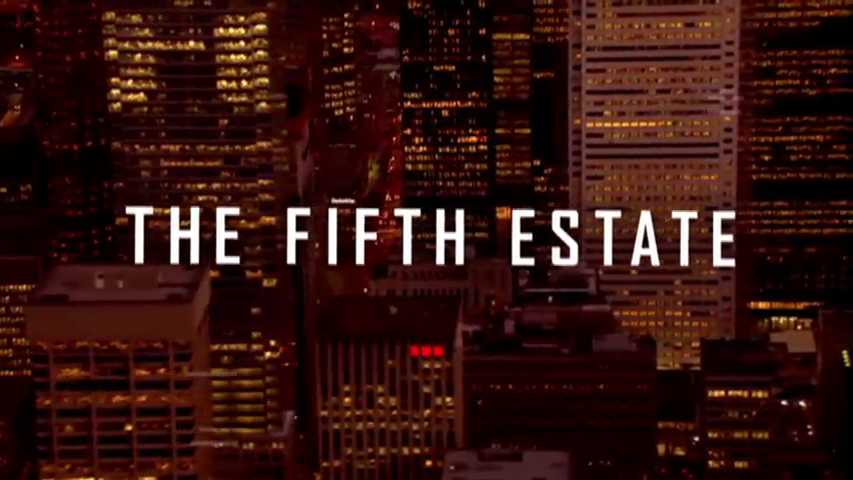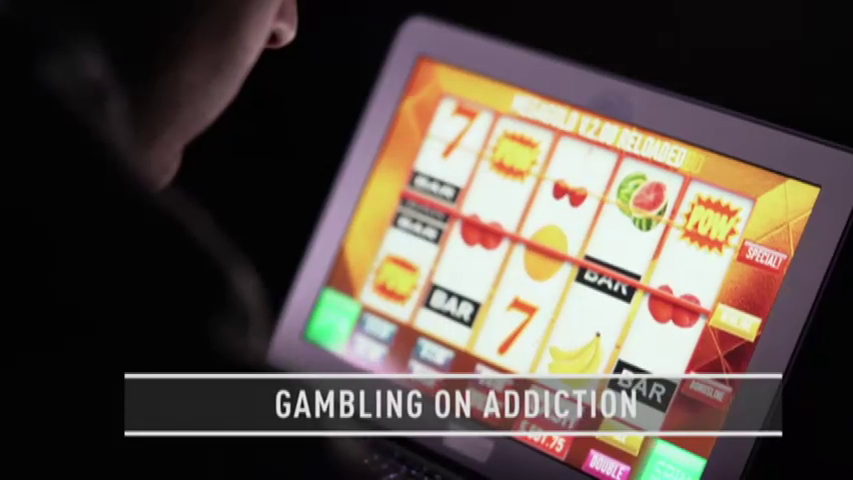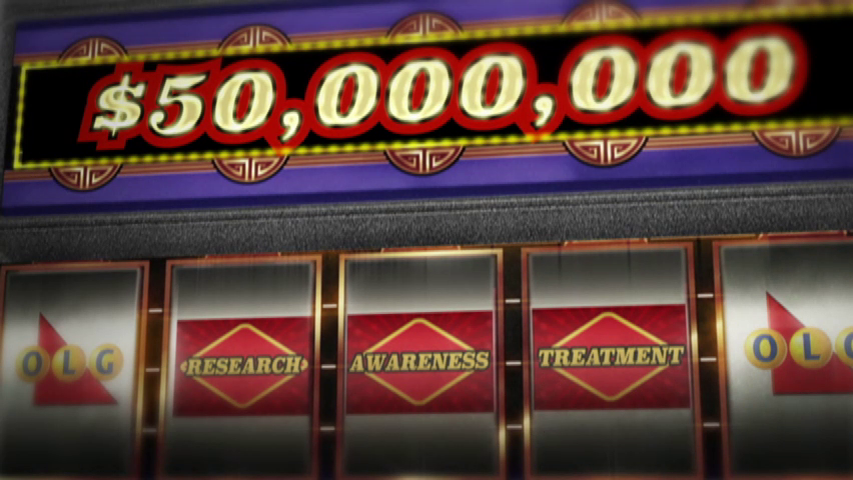You are here
CBC The Fifth Estate: Gambling on Addiction; The Carbones' Bad Gamble (2017)
Primary tabs
| Size | Seeds | Peers | Completed |
|---|---|---|---|
| 397.15 MiB | 1 | 0 | 54 |




.
Duration: 45m8s
Resolution: 852x480
Video Format: AVC
Audio Format: AAC
______________________
Gambling on Addiction: How Governments Rely on Problem Gamblers
When it comes to gambling, Canadians have plenty of skin in the game. Last year, we spent about $13 billion on legal, government-run gambling. That's more than we spend on movies, hockey tickets, and Tim Horton’s -- combined.
Everybody knows that provincial governments in Canada love those gambling revenues, but the dirty little secret is just how much government casinos rely on problem gamblers to fill government coffers. Experts say that as much as 50% of that gambling revenue comes from problem gamblers. So who here is the real addict? Are provincial governments in Canada actually preying on gamblers?
Despite promoting responsible gambling, a new investigation by The Fifth Estate reveals how government programs are failing to keep addicts out of their casinos, while reaping a windfall from those who make it in.
- Gambling addicts interviewed by The Fifth Estate said that while on the Ontario Lottery and Gaming Corporation (OLG)'s self-exclusion list, they entered OLG properties on a regular basis
- The OLG is mandated through the Alcohol and Gaming Commission of Ontario, the organization responsible for regulating alcohol and gaming in the province, to promote responsible gambling in its casinos
- If a gambler chooses to take part in the self-exclusion program, their photo is taken and their name and picture are entered into an electronic database that is used in every
- If they are detected by a facial recognition camera, a cashier or a member of security staff, the gambler will be asked to leave and can be fined for trespassing on casino property, according to the program -- but gamblers and others tell The Fifth Estate the program rarely excludes those who are on the list
- In Ontario, there are more than 20,000 people on the self-exclusion list. Figures from the OLG obtained through a freedom of information request show that in the period from July 2016 to October 2017, 3,755 people on the list were detected on OLG properties
- As of 2015, all 24 OLG slots and casinos were equipped with facial recognition technology, an initiative that cost the corporation almost $500,000 -- though many gaming experts see self-exclusion as a way for gaming corporations to show they are doing something to help without actually helping
- Casinos continue to take money from self-excluded gamblers, but will not pay them any winnings
- Log in to post comments
